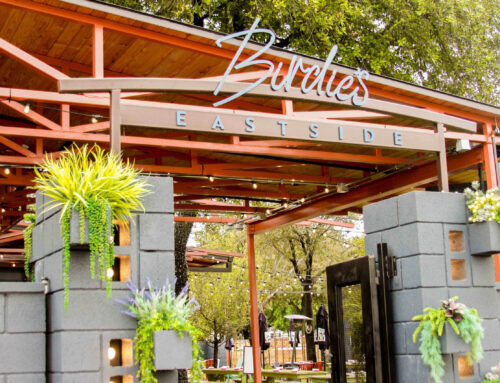Summer is here, and with it comes the hum of lawn mowers during the early evenings and, hopefully, the not-too-early Saturday mornings. It can be a pleasant sound, accompanied by the sweet smell of freshly mown grass.
The manicured lawns are lush and green, and the only disturbing sights are the rows of plastic bags full of grass clippings, patiently awaiting a trip to the landfill.
It has been predicted that more than half the country’s thousands of landfills will close within 10 years; siting new landfills has become difficult and expensive. These are good reasons to reduce residential solid waste, which between March and September increases 20 to 50 percent due to all those bags of grass clippings.
The City of Dallas distributes an excellent handout entitled “Let It Be Lawn Care Plan”. (If you would like a copy, call 670-4475.) In addition to the mowing schedule listed below, the booklet also includes watering and fertilizing tips.
By adopting the “Let It Be” program, you can reduce the amount of time and energy spent on yard work, as well as decrease the amount of solid waste sent to landfills.
The “Let It Be” plan suggests not bagging grass, which cuts mowing time almost in half. By simply leaving clippings on the lawn, nutrients are returned to the soil. This change in your mowing habits can save time and energy, as well as benefit your lawn and the landfills.
Here is the mowing schedule outlined in the “Let It Be” brochure.
Type of grass Mower setting Mow at or before this height
Bermuda 1 ½” 2 ¼”
“Tif” Bermuda 1” 1 ½”
Buffalo 2” 3”
St. Augustine 2” 3”
Tall Fescue 2 ½” 3 ¾”
Zoysia 2” 3”
It’s not really necessary to get out a ruler prior to starting the mower. The idea is not to remove more than one-third of the grass blades when you mow. If you can’t (or don’t want to) mow this often, try using your clippings as garden compost.
There are only a few guidelines for making a compost pile, no two of which need be exactly alike. First, set aside a three-foot-square area of sod and grass. Line the bottom with coarse brush. Next, add a six- to 10-inch layer of leaves and other plant clippings.
Follow with a two- to three-inch layer of soil or manure. Repeat this layering sequence as often as necessary, adding produce scraps, coffee grounds, and virtually any kitchen waste other than meat.
Keep the pile moist, and turn with a shovel or rake every few weeks. In a matter of time, you will have utilized waste from your kitchen and lawn, and created organic mulch.
Avid gardeners know how important mulch can be for flower and vegetable gardens.
The best mulch for flower gardens includes well-rotted compost and shredded tree leaves. (Don’t forget your compost pile in the fall, either, by including the leaves you rake.) Vegetable gardens thrive with any type of coarse, organic mulch.
By following these tips, you’re on your way to becoming a “green gardener.” Not to be confused with having a green thumb, being a green gardener means doing your best to take care of your lawn and gardens in an environmentally friendly manner.
After all, in the words of Zeno (335-263 B.C.): “The goal of life is living in agreement with nature.”





